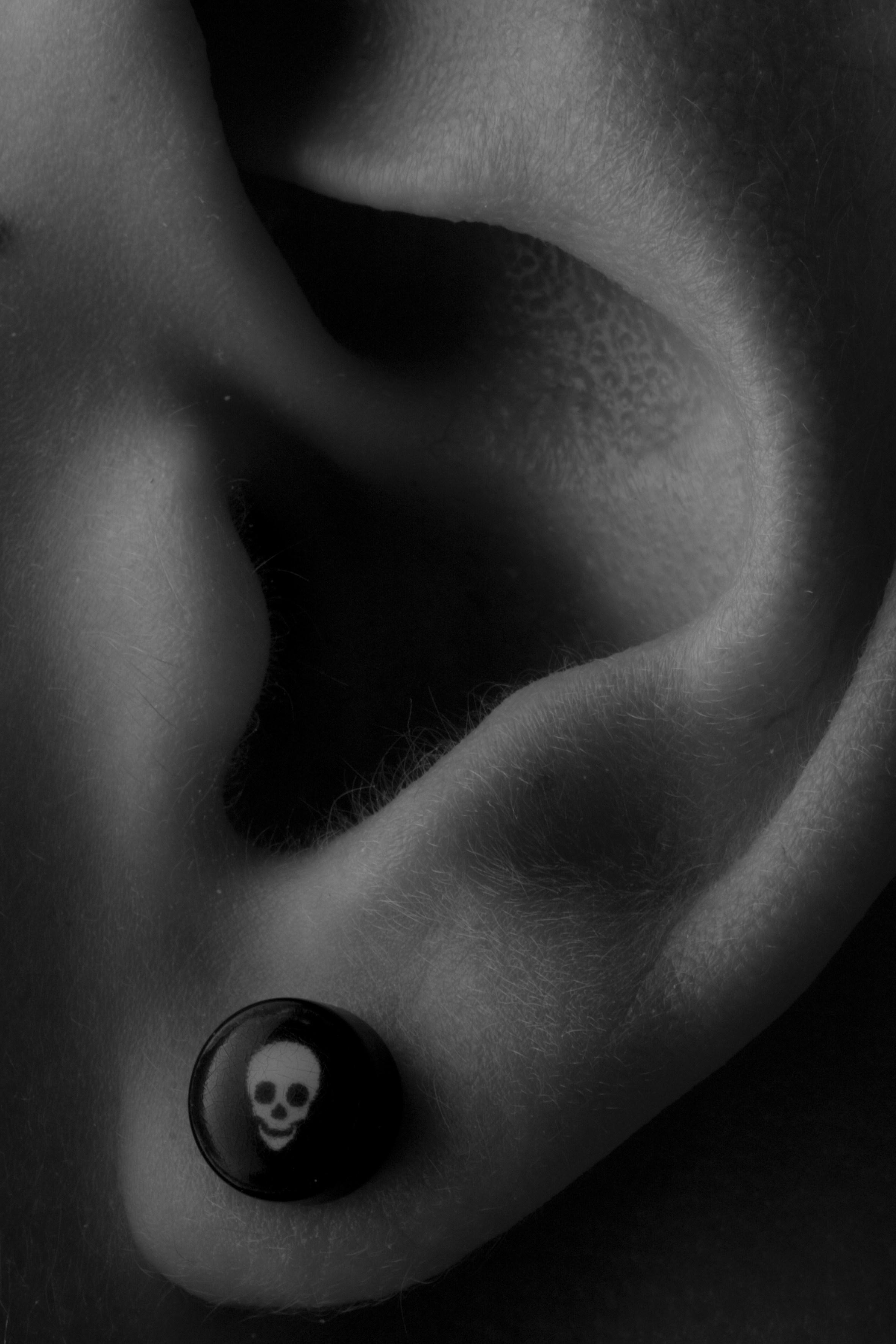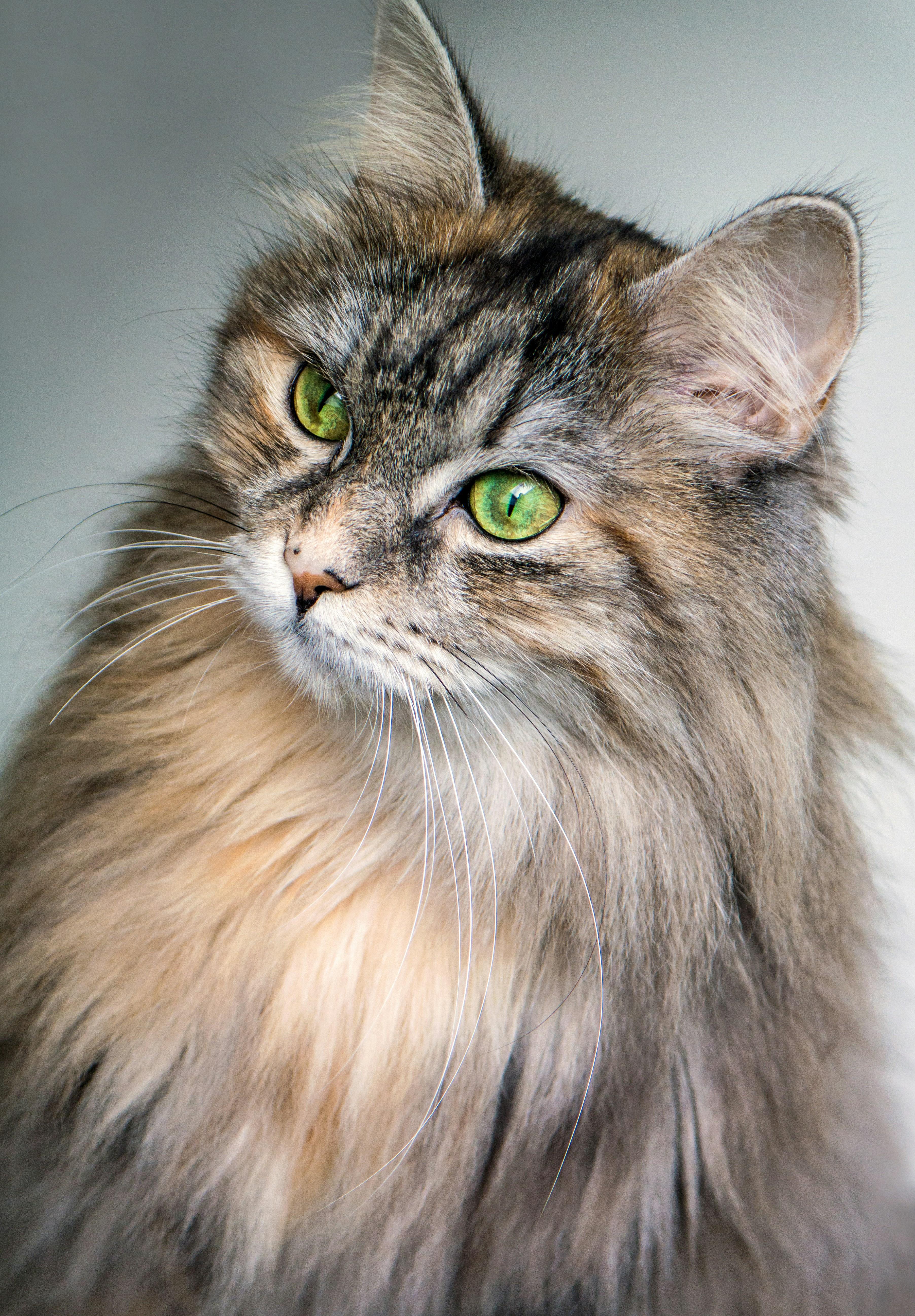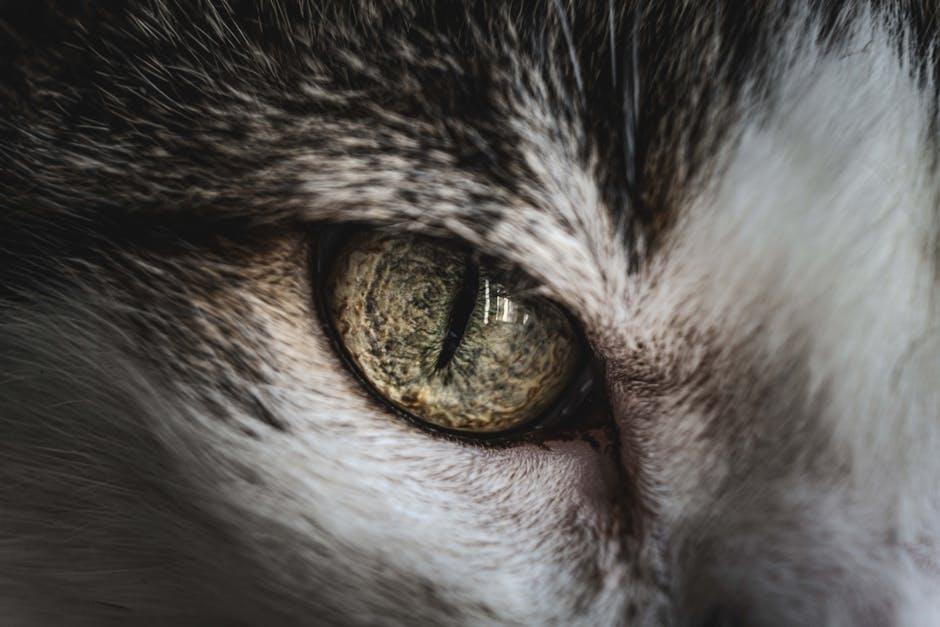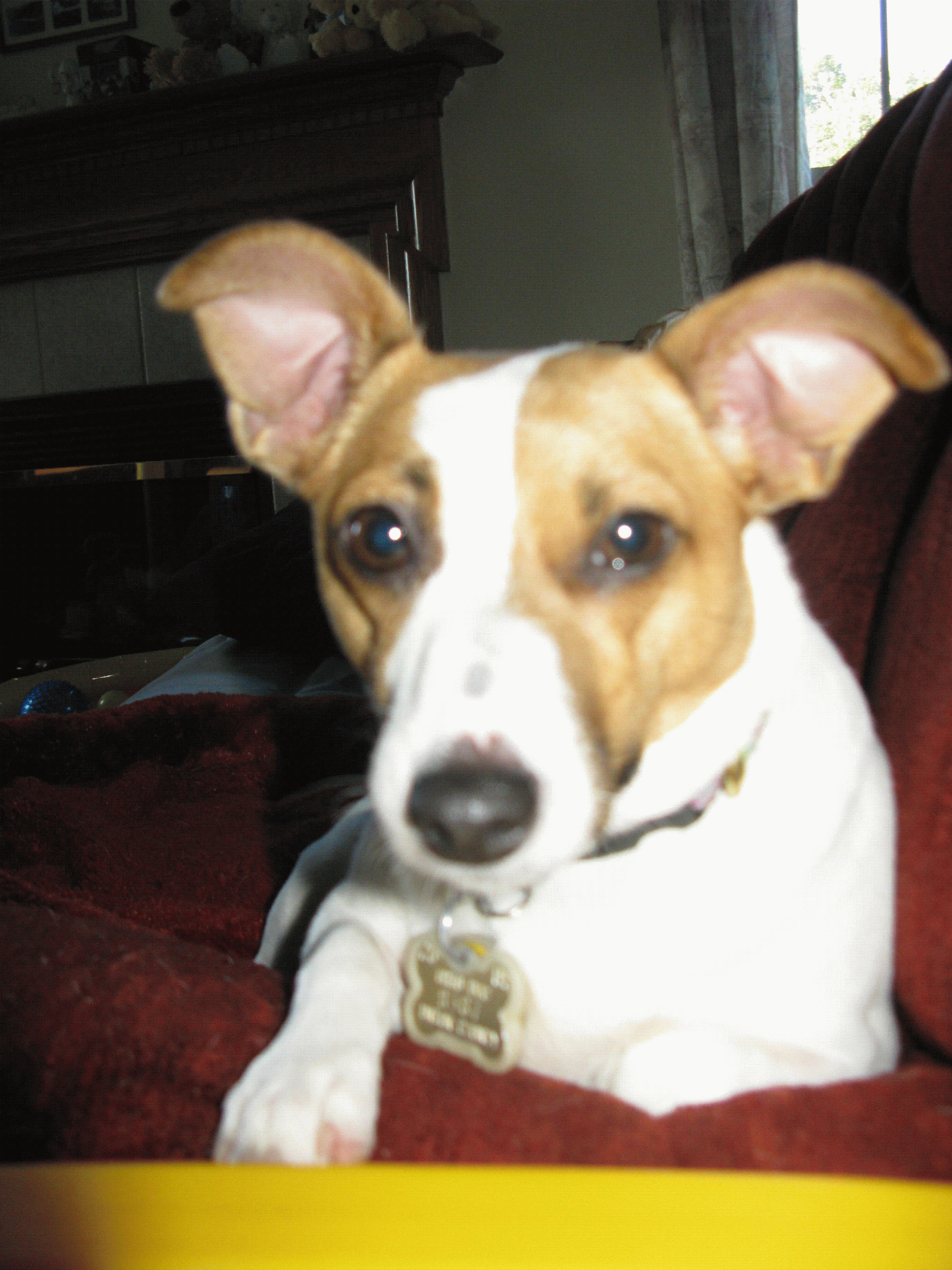What your pet’s body language says about their emotional state

Understanding our pets’ emotions can sometimes feel like deciphering a complex language without a dictionary. Yet, just like humans, animals express a wide range of feelings, from happiness and excitement to fear and anxiety. The key to unlocking these emotions lies in observing their body language. Whether it’s a wagging tail, perked ears, or a tilted head, each gesture can offer a glimpse into what your furry friend is experiencing. In this article, we’ll explore the fascinating world of pet body language, helping you to better interpret the subtle signals your beloved companions use to communicate their emotional states. With a little observation and insight, you’ll be able to deepen your bond and ensure your pet feels understood and cherished.
Understanding Tail Movements to Decode Happiness and Anxiety
The subtle nuances of a pet’s tail can often reveal a tapestry of emotions. A wagging tail doesn’t always signify joy, nor does a tucked tail solely denote fear. Understanding these movements can enhance the bond with your furry friend. When a dog wags its tail broadly and enthusiastically, it often suggests excitement and happiness. Conversely, a slow wag with the tail held at half-mast can indicate uncertainty. Cats, on the other hand, may show contentment with a slow, gentle swish of their tail, but a rapid flick can suggest irritation or anxiety.
- High and Fast Wagging: Usually a sign of excitement or happiness.
- Low and Slow Wagging: Can indicate insecurity or contemplation.
- Stiff and Upright: May signify alertness or aggression.
- Tucked Under: Often a sign of fear or submission.
- Gentle Swish (Cats): Indicates contentment or relaxation.
- Rapid Flick (Cats): Suggests agitation or anxiety.
Decoding these movements involves observing the context and the rest of the body language. By tuning into these signals, pet owners can better understand their pet’s emotional state, ensuring a harmonious and responsive relationship.

Reading Ear Positions for Clues on Alertness and Relaxation
Understanding your pet’s ear positions can provide fascinating insights into their emotional landscape. Erect ears typically indicate alertness. This posture suggests your pet is attentive to their surroundings, possibly scanning for new sounds or movements. It’s a common sight during walks or when they hear an unfamiliar noise. Conversely, relaxed ears, which often sit comfortably at the sides, signal a state of calm and contentment. This is when your furry friend feels secure and at ease, perhaps while lounging on their favorite spot at home.
- Perked ears: High alert, attentive, or curious.
- Neutral ears: Content and relaxed.
- Flattened ears: Fearful or submissive.
- One ear up, one down: Uncertain or processing information.
By observing these subtle changes, you can better understand and respond to your pet’s needs, ensuring their well-being and strengthening your bond.

Recognizing Posture Changes to Identify Comfort or Stress
Understanding your pet’s posture can be a window into their emotional well-being. When pets feel comfortable, they often exhibit relaxed body language. You might notice your cat lounging with its belly exposed or your dog lying on its side with a wagging tail. These signs indicate that your furry friend feels secure and at ease in their environment.
Conversely, signs of stress can be just as telling. Look for cues such as hunched backs, tucked tails, or a stiffened body. Dogs might lower their heads or avert their eyes, while cats might crouch low to the ground or flick their tails rapidly. These behaviors are often accompanied by other stress indicators like panting or excessive grooming. Recognizing these signals early can help you address any discomfort your pet might be experiencing, ensuring they feel safe and loved.

Using Eye Expressions to Gauge Curiosity and Fear
Our pets often communicate their feelings through their eyes, offering us glimpses into their emotional world. By observing eye expressions, we can discern whether our furry companions are curious or fearful. A curious pet will often have wide-open eyes, pupils slightly dilated, and may even blink slowly, indicating interest and engagement. They might also cock their head to the side, a sure sign they’re intrigued by something in their environment. These visual cues are your pet’s way of saying, “What’s that? Tell me more!”
On the other hand, fearful eye expressions are quite distinct. Look for tightly squinted eyes or a tendency to avoid eye contact altogether. Their pupils may be dilated, not with excitement, but with anxiety. Additionally, you might notice rapid blinking or a worried, tense brow. In these moments, your pet is likely feeling uneasy and may need reassurance or a change in their surroundings to feel safe again. By tuning into these subtle signals, you can better understand and respond to your pet’s needs, fostering a more compassionate and empathetic bond.
In Conclusion
understanding your pet’s body language is a rewarding journey that deepens the bond between you and your furry friend. By paying close attention to their posture, facial expressions, and vocalizations, you can gain valuable insights into their emotional state, ensuring they feel safe, loved, and understood. Remember, each pet is unique, so take the time to observe and learn what specific signals mean for your companion. This not only enhances your relationship but also promotes a happier and healthier life for your pet. So, keep watching, listening, and most importantly, enjoying the special connection you share with your beloved animal friend.



